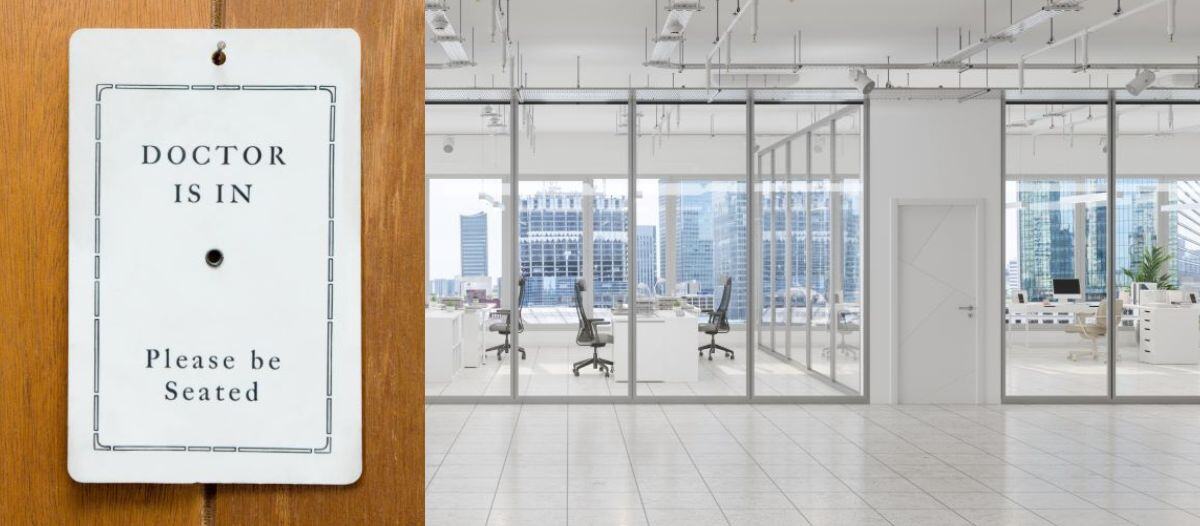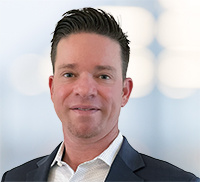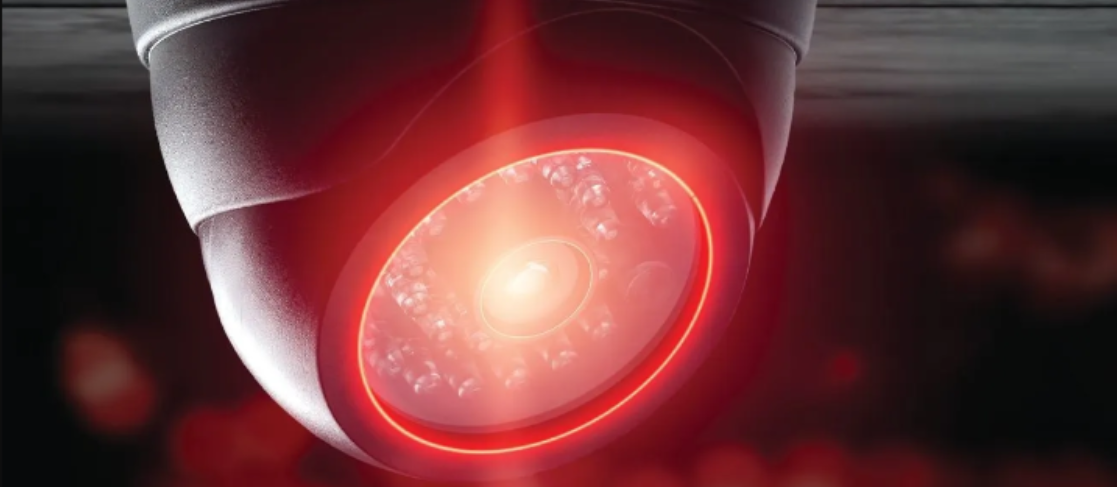The Doctor is In
O&M health care for buildings

For most people, wellness visits to doctors are a fact of life. They are critical for keeping the human body in good condition, correcting problems and staving off preventable illnesses. In between appointments, it is up to individuals to practice good habits to maintain health and minimize the impacts of wear and tear.
In the facility management world, buildings are living, breathing things. Like people, they require constant attention to detail, regular wellness checks and preventive maintenance to keep them healthy and running at optimal performance. In this world, operations and maintenance (O&M) teams are akin to doctors.
It is up to O&M teams to uncover and address issues before they lead to bigger problems, to sniff out aberrations that can impact occupant health and experience, follow best practices for extending the life of equipment and always expect to treat the unexpected.
Daily wellness checks
To keep buildings healthy, daily inspections are the first line of defense. Every morning, the O&M engineers should check the core systems that keep buildings functioning, such as fire life safety, HVAC, lighting, and plumbing water supply and waste systems, and make sure they are adhering to all code requirements.
Some organizations assign these daily rounds to the most junior engineers. But that may not be the best approach. Just like one would not want a medical student who is unfamiliar with medical nuances to ascertain their health, facilities need senior staff who have extensive experience to do these inspections. They will be able to tell just by visual cues and sounds if, for example, a motor is not working properly or a certain smell in a hallway portends problems with plumbing or air quality – and perhaps even what the problems may be.
Remember to include lighting rounds in these inspections. It has been proven that lighting affects people’s moods and productivity. Sixty-eight percent of employees complain about the lighting in their offices being either too dim or too bright. And recent studies show that bright white LEDS may affect eye health, which is why more occupants are concerned about lighting.
Breathability
Healthy buildings require healthy air. While air quality has always been a key FM concern, since the COVID-19 pandemic, it has become increasingly important. It is not unusual for tenants to ask the FM team to provide air quality reports to ensure the air they are breathing is healthy. Best practice is to hire a professional air quality partner to perform annual assessments.
Air samples are taken throughout the facility to measure airflow and air exchange rates to determine if it is adequate for each space. One area where some facilities fall short on is restrooms. They sometimes cut exhaust to save money on energy; however, this can create health problems. Air flow issues can also impact productivity by making occupants feel sleepy.
Preventive measures
To ward off sickness and keep their body functioning, people follow a variety of practices, like exercising regularly, eating the right combination of healthy foods and drinking six-to-eight glasses of water a day.
To keep buildings functioning and ward off equipment failures, O&M teams must follow preventive maintenance (PM) best practices for all core systems. Otherwise, surprise equipment failures could create a domino effect, causing multiple components within a system to fail. This could result in major impacts to tenant health and comfort and the need to evacuate the facility until the equipment is repaired or replaced.
Pay special attention to systems that can cause major disruptions:
- Sewage
Medical screenings for cancers are a critical part of preventive health care. Over the past decade, it is estimated that screenings have reduced the risk of colon cancer by 77 percent. However, about 40 percent of at-risk people have never been screened, partly because the mere thought of colonoscopies makes them uncomfortable.
Similar avoidance happens with facility sewage. Sewage systems are probably the most common and disruptive failure due to the frequency of use and wide range of items that people flush down toilets and sinks. But very few O&M teams focus on restrooms until one is shut down and occupants are forced to walk to other parts of a building to find one that works. It may not be the most pleasant job, but proactive sewage system maintenance must be a PM priority. Make sure it includes things like checking waste ejector systems and P-traps on urinals, cleaning drain lines, and hydro-jetting annually to keep toilets and urinals clear.
- HVAC
The next most common and disruptive failure is HVAC systems. Because of different variables that affect it on a day-to-day basis, such as occupancy and outside air temperatures, it is one of the most difficult systems to control. Do not rely solely on new technologies such as ultra-violet lighting to sanitize air, as it is not 100 percent proven. Make sure to regularly clean air filters, use the highest MERV rating appropriate for the system and program the right amount of air changes for the space.
- Fire Life Safety
If these are not properly managed and regularly tested, failures can be disruptive at best, deadly at worst. Fire alarms that go off unexpectedly due to electric shortages can create unnecessary evacuations. Sprinkler systems that are not maintained can have heads pop off, resulting in floods that can damage or destroy equipment and tenant possessions.
To avoid or at least minimize failures, O&M teams must create and follow schedules based on PM recommendations from equipment manufacturers and industry standards as well as requirements from authorities having jurisdiction ( AHJ). Make sure PMs include visual inspections, cleaning the equipment and surrounding area, operating equipment within its stated performance parameters, checking electrical controls, belts, filters and related component function, and implementing proper control through the building automated system.
Documentation and trending data are key to managing building systems health and performance, by determining which equipment will hit life expectancy and possibly create a failure point. Make sure PMs and daily inspections are thoroughly documented by the O&M engineering teams performing the work and reviewed by the O&M supervisor.
Urgent care
Sometimes even with preventive health measures, problems unexpectedly arise. They must be diagnosed quickly and have the right course of action put in place.
- Diagnoses
Getting a diagnosis right is as important for building equipment as it is for people. Most building systems are controlled by a building management/automation system (BMS/BAS), which can provide real-time performance data of all or most building equipment. If the BMS/BAS alerts the O&M team of poorly performing equipment, the engineer/maintenance tech must do a thorough inspection of the failed equipment using electrical meters, pressure gauges and other tools specific to troubleshooting that issue.
For instance, if an electric motor is performing poorly, use a megohmmeter to check the motor windings for winding insulation breakdown. If it shows a low resistance, it means there is a failed, or soon-to-fail, motor. A high resistance indicates the motor is good.
If an HVAC system is performing poorly, be sure to check the refrigerant level as it is one of the most major causes of problems. Connect refrigerant gauges to see how the current level compares to the proper level.
- Second Opinions
Just as in life, sometimes second opinions are warranted when it comes to pinpointing problems and determining fixes. Examining the problem in person and having the right team of experts at hand are critical. The most effective teams have a common core skill set, such as a basic understanding of how a system works, with individual members having specialized skills such as computers, mechanical and electrical.
This is especially important now that more building systems are automated. For example, a computer dashboard for an automated HVAC system may show that the temperature setting is too high. However, before changing it virtually, a mechanical engineer should go into the field. They may find instead that sensors were not working properly or there was a blockage.
- Palliative Care
Sometimes people decide not to take remedial actions when they have an illness. Perhaps it is too expensive, the chances of it working are questionable, or the cost or side effects of the actions, such as surgery or chemotherapy, are not worth it. When an illness is determined to be terminal, doctors may suggest palliative care – providing relief from symptoms while the person is alive.
O&M team members often need to determine whether problematic equipment should be repaired or run to fail. The engineering supervisor will recommend which path to take based on the facility’s needs, usage trends and budget, as well as parts availability and whether the equipment has exceeded its life expectancy. If they decide to run equipment to fail, FMs must plan for how to make sure occupant safety and comfort will not be impacted during this time.
Investing in wellness makes business sense
During the pandemic, anyone who could work from home did so. Today, people still have a strong (76 percent) preference for working from home. They feel it is easier, more comfortable, and they are less likely to get contagious illnesses from co-workers and other occupants. So, it is not surprising that buildings are struggling to get people back to the office.
Healthy buildings and health-related amenities play a huge role in attracting tenants and employees. In an MIT report issued during COVID-19, 92 percent of respondents said the demand for healthy buildings will grow in the next three years. That is on top of 89 percent who said current demand for wellness was already moderate or strong.
FM teams that are innovative and forward-thinking are not only ensuring their key systems enable healthy buildings, but they are also adding comforts to support healthy work atmospheres and peace of mind, such as yoga rooms and rooftop gardens, to attract occupants.
Everything points to these measures paying off. The same study quantified the value of healthy building certifications. Tenants pay between 4 and 7 percent more per square foot for certified over uncertified spaces. Almost 50 percent of respondents also said healthy spaces lease-up faster than standard ones.
Clearly, no one wants a sick or improperly functioning facility. They are bad for people and bad for business. O&M teams should look at themselves as physicians for buildings and take something akin to the Hippocratic Oath to uphold standards, follow best practices and ensure they are doing everything possible to maintain healthy buildings.

Paul Faleschini has more than 20 years of facility experience working with clients such as Cushman & Wakefield, Kilroy, DivcoWest, Westfield, JLL and Four Seasons. As engineering manager for UG2 facility services, he manages facilities throughout Northern California, USA, with responsibilities including client account start-up and management, OSHA safety training programs, work performance, energy conservation and preventive maintenance. Faleschini started as a communications and electrical controls technician and has been rising through the ranks as building engineer, assistant chief and engineering manager. Faleschini is a graduate of IBEW Local 332, IOUE Local 39 and City College of San Francisco.
References
andrewjensen.net/how-office-lighting-affects-productivity
health.ucsd.edu/news/features/pages/2018-03-09-listicle-consider-your-colon
pewresearch.org/social-trends/2022/02/16/covid-19-pandemic-continues-to-reshape-work-in-america
paladinoandco.com/blog/demand-for-healthy-buildings










